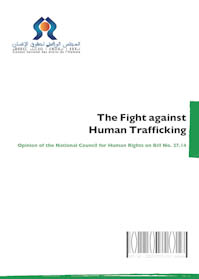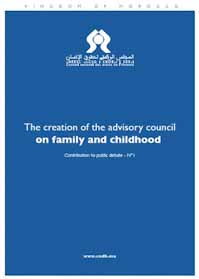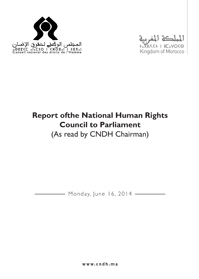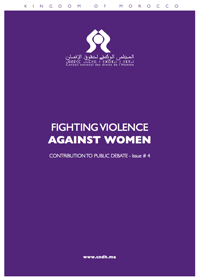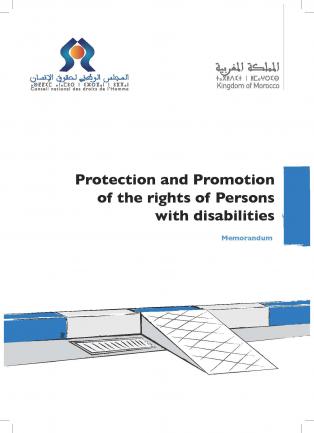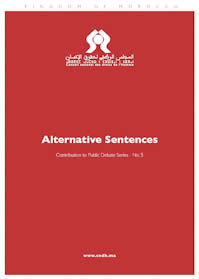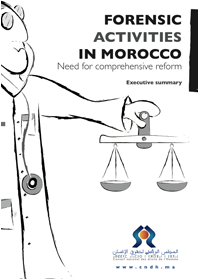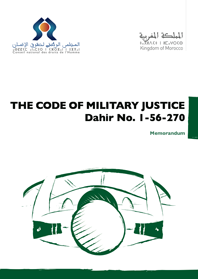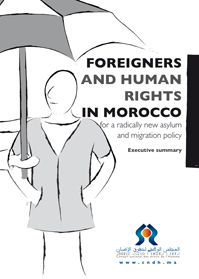IER Approach to Enforced Disappearance at the HRC
A delegation of the Advisory Council on Human Rights, composed of Messrs. Mahjoub El Haiba and Abdelhak Mossadeq, respectively Secretary General and Chargé de mission, participated in the 9th session of the Human Rights Council (HRC), held in Geneva from 8 to 26 September 2008. The delegation participated in the proceedings of the Panel on Missing Persons, held on September 22-23. Mr El Haiba made a speech on the Moroccan experience in transitional justice and the approach adopted by the IER to enforced disappearance.Below is the written statement that the CCDH delegation handed out during the proceedings of the Panel:
The Moroccan experience in transitional justice was characterized by the adoption of a comprehensive approach, based on the evaluation of the process of settling the file of enforced disappearance in Morocco. This approach is mainly participatory since it focused on research and consultations with victims, their families or their representatives, public authorities and non-governmental organizations. The IER, a truth commission and a mechanism of this experience, sought to establish the truth about grave human rights violations, through investigations, gathering testimonies, public hearings with victims and closed hearings with witnesses and former officials, review of official archives and data collection from all available sources.
It is on the basis of this approach that the IER could establish the nature, scale, complexity and context of such violations, in light of the principles and norms of international human rights law. It was able to shed light on cases of enforced disappearance and recommend procedures for settling or closing cases of missing persons whose death is proved. Thus thanks to the analysis of files it had received and the findings of investigations it had conducted, the IER concluded that enforced disappearance was exercised against individuals and groups in political events that took place during the period under its temporal remit, which allowed it to consider these cases as enforced disappearance, as this violation is defined in its statutes.
Nevertheless, the IER highlighted other cases of disappearance, in which victims had no political, association or union activity. It also reinforced its methodology by resorting to the most advanced scientific and anthropological techniques used by forensic medicine to establish the identity of victims whose death was confirmed. These actions took place under the supervision of the public prosecutor’s department, competent public authorities, regional and local authorities, the Royal Gendarmerie and National Security and representatives of Islamic Affairs.
It should be noted that the Moroccan experience in this field involved provisions of the draft Convention on Enforced Disappearance both in terms of classifying the cases and defining this violation adopted in the IER Final Report. Some IER recommendations were also devoted specifically to these questions (Criminalization of enforced disappearance, fight against impunity...).
The results of the IER work and the follow-up of the implementation of its recommendations, ensured by the CCDH, helped the IER to deal with up to 90% of cases submitted to it since its creation and during its mandate. The CCDH continues, according to this approach, to unveil some cases, and to support the families of victims in holding religious ceremonies to ask God to have mercy upon the missing persons whose death was confirmed.





